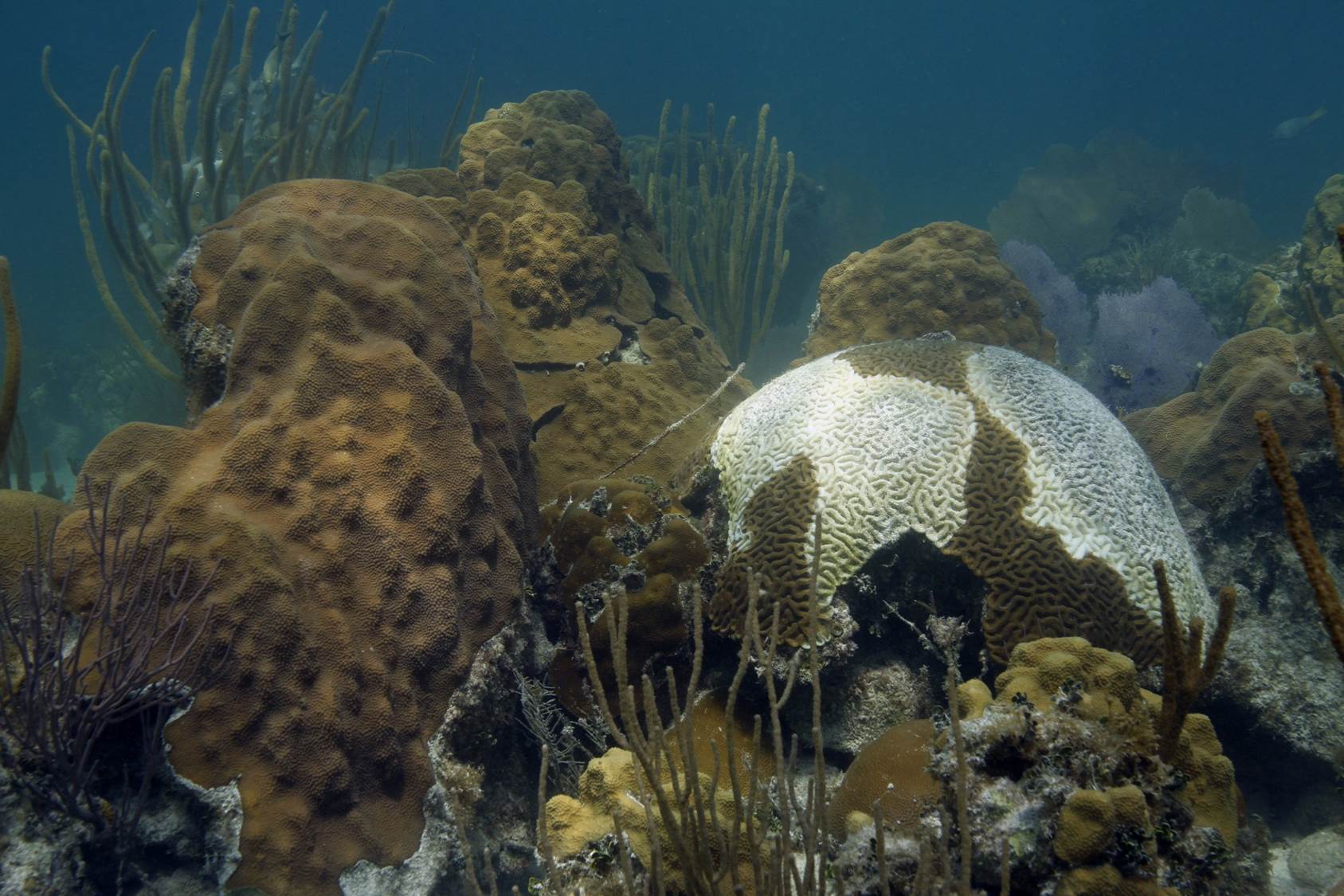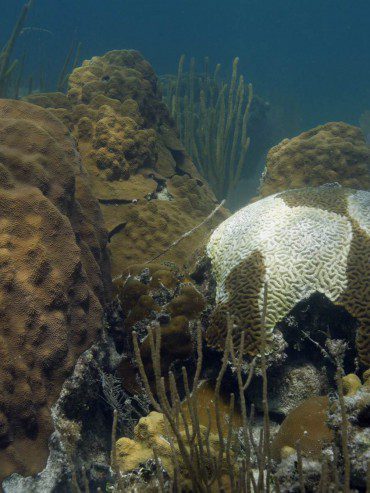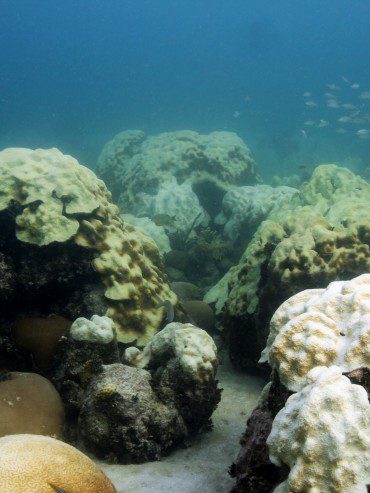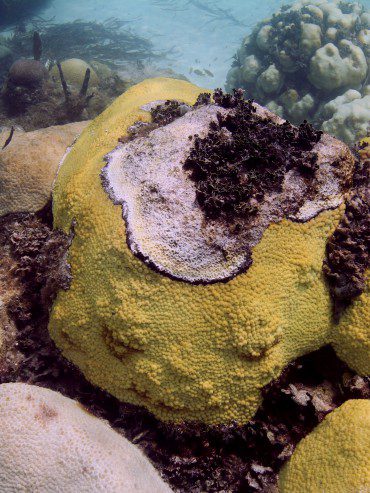Many coral reefs will be unable to grow fast enough to keep up with predicted rising sea levels, leaving tropical coastlines and low-lying islands exposed to increasing erosion and flooding risk, new research suggests.
NOAA contributed to a study published today in the journal Nature that compares the upward growth rates of coral reefs with predicted rates of sea-level rise and found many reefs would be submerged in water so deep it will hamper their growth and survival. The study was done by an international team of scientists led by the University of Exeter in the United Kingdom.
“Reef-building corals contain symbiotic algae and require light to grow,” said Ian Enochs, a co-author from NOAA’s Atlantic Oceanographic and Meteorological Laboratory and the University of Miami’s Rosenstiel School of Marine and Atmospheric Science. “Ever increasing water depths decrease the availability of that light and lessen a coral’s ability to grow and thrive.”
The researchers calculated growth rates for more than 200 coral reefs in the tropical western Atlantic which is off the United States southeast coast and the Indian Ocean. Western Atlantic coral reef ecosystems considered in this study had an average of 21 percent living coral, which has allowed these reefs to keep pace with sea level increases to date. However, given the acceleration of sea level rise, this amount of living coral is far below what is needed for reefs to keep up in the future.
The growth of coral reefs is strongly influenced by the amount and types of coral living on the reef surface. This growth is already hampered by combinations of coral disease, deteriorating water quality and fishing pressure, along with severe impacts from coral bleaching caused by increasingly warm waters.
Coastal communities depend on coral reefs to create natural buffers to hurricanes, storm surge and coastal erosion. Over time, the inability of coral reefs to keep up with sea level rise will weaken that natural protection.



